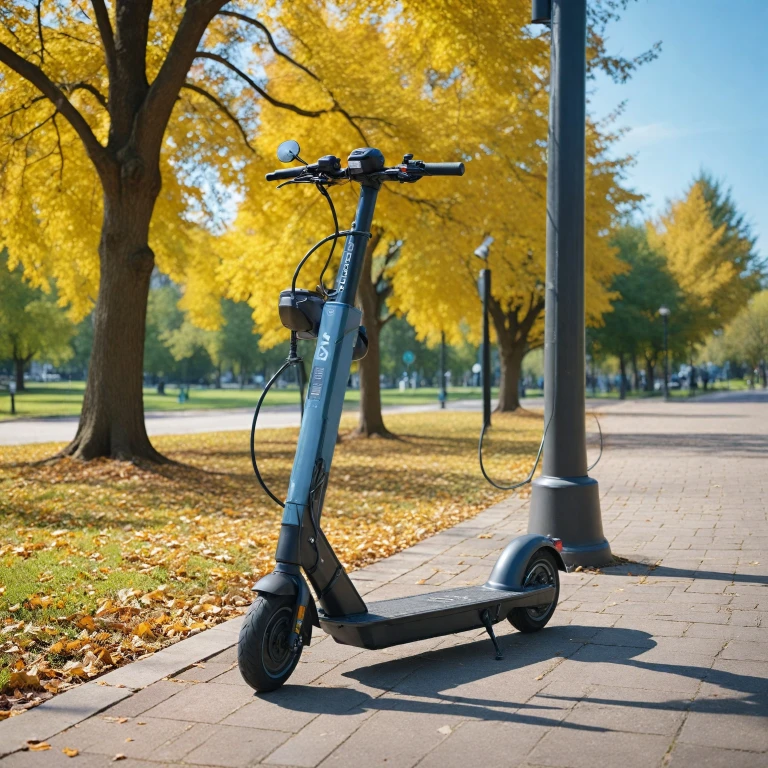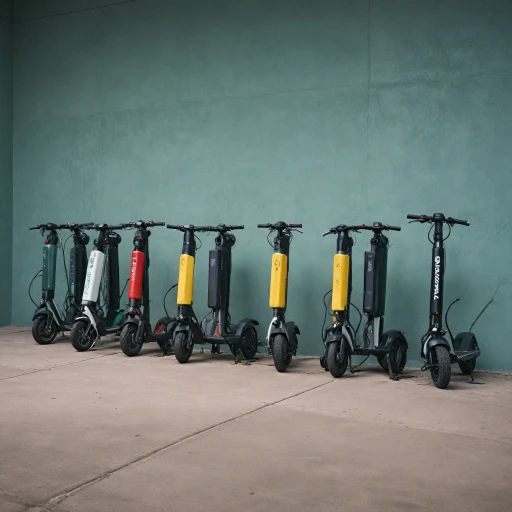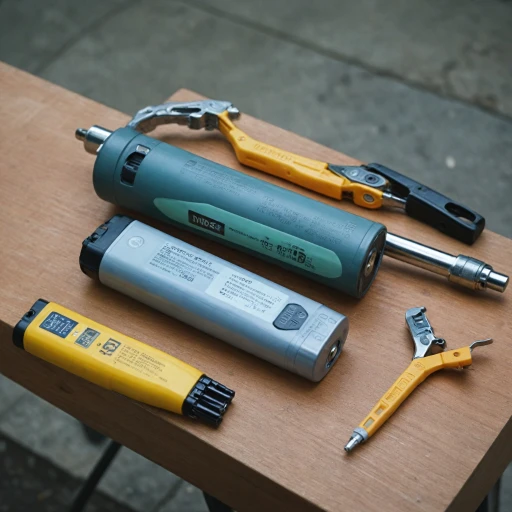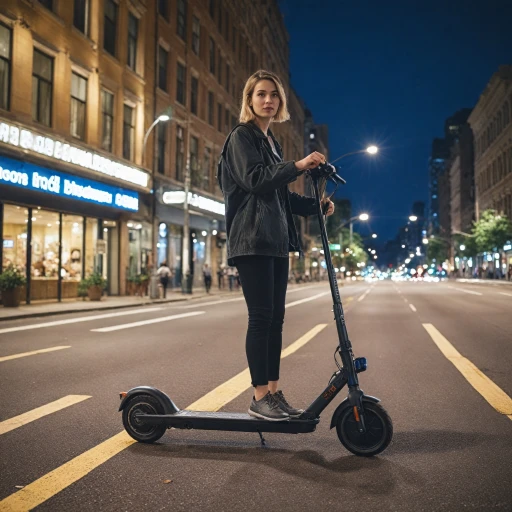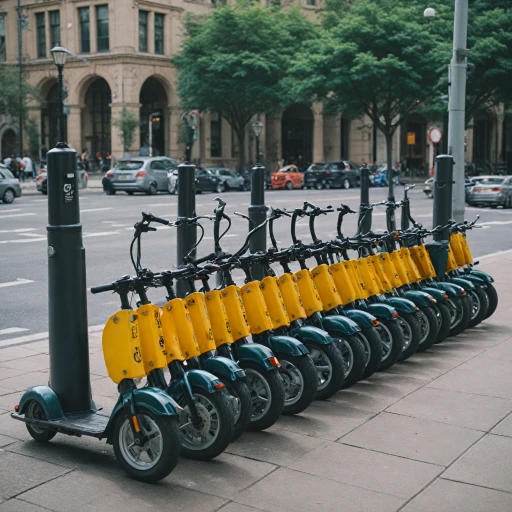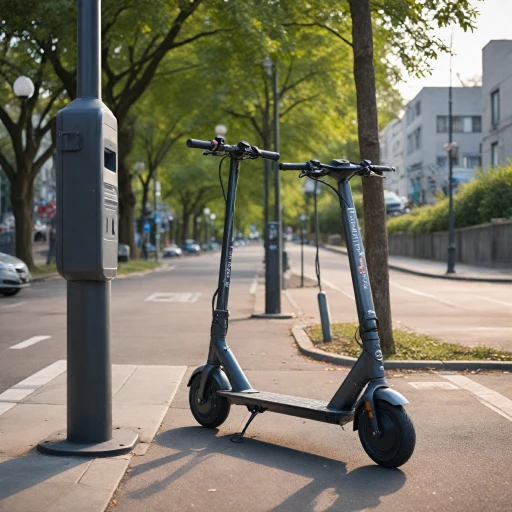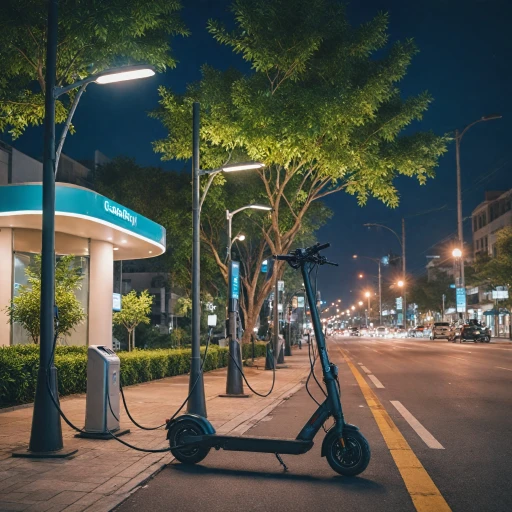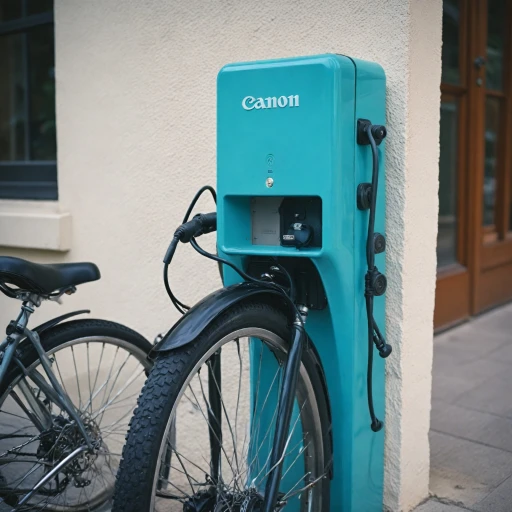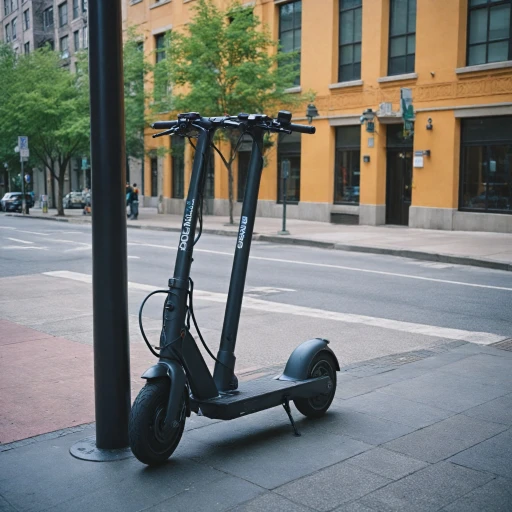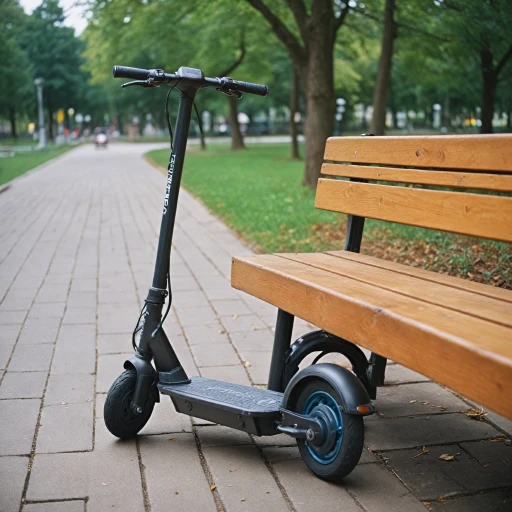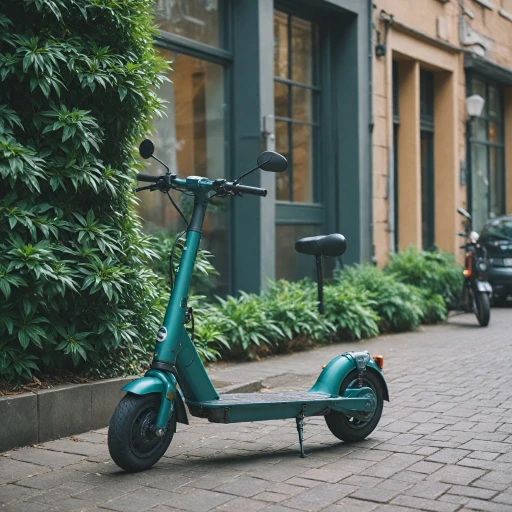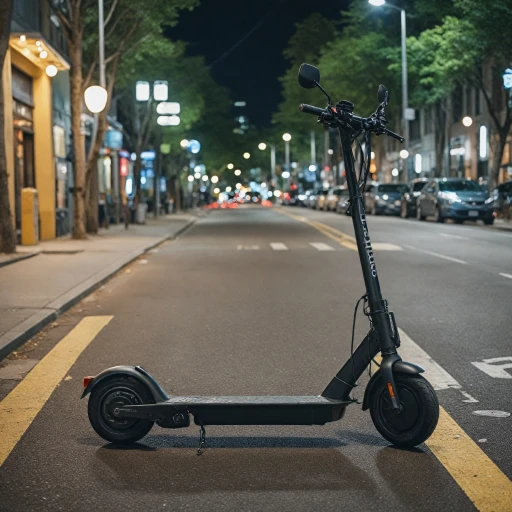
Understanding Your Scooter's Battery
Getting to Know Your Scooter Battery
A critical aspect of your electric scooter is understanding its battery. Whether it’s a lead-acid or the more common lithium-ion type, the battery determines how your scooter performs on the road. Here are some basics to consider:- Battery Types: Most electric scooters use lithium-ion batteries due to their long life and efficiency. While lead-acid batteries are cheaper, they are heavier and have a shorter lifespan.
- Capacity and Voltage: Pay attention to the capacity in amp hours (Ah) and voltage (V) of your battery. These numbers affect how long you can ride before needing a charge. Higher capacity means more ride time.
- Charging Time: Each battery has a specific charging time that is usually outlined by the manufacturer. On average, a standard electric scooter will take about 4 to 8 hours to charge fully.
Steps to Charge Your Electric Scooter
Charging Your Scooter Safely and Effectively
When it comes to powering up your electric scooter, there are vital steps to follow to ensure a smooth charge and prolong the battery life.- Check Your Equipment: Before connecting your charger, inspect both the scooter charger and the charging port. Ensure they are clean and free from debris. A reliable scooter battery charger can significantly extend the life of your scooter's batteries. Learn more about selecting the right charger here.
- Connect Correctly: Plug the charger into the power outlet before connecting it to your scooter. This sequence helps avoid sparks and potential damage.
- Monitor the Charging: It’s important to keep an eye on your scooter as it charges. Pay attention to any unusual noises or overheating, as these could indicate underlying issues with your charger or battery.
- Charging Time: Respect the manufacturer's recommended charging time, typically between 3-8 hours, for lithium-ion batteries. Exceeding this time could result in an overcharged battery, leading to potential long-term damage.
Optimal Charging Practices
Best Practices for Charging Your Electric Scooter
To maximize the longevity and performance of your electric scooter's battery, it's crucial to adopt optimal charging practices. These guidelines will not only ensure a fully charged experience every time you ride but also help avoid potential issues related to battery and charger life.- Use the Right Charger: Always use the charger that came with your scooter or a reliable alternative specifically recommended for your model. Using the wrong charger could damage the battery.
- Charge at the Right Time: Don't wait until the battery is completely drained. Lithium-ion batteries, commonly used in scooters, benefit from partial charges. Plug in your charger when the battery is around 20-30% to maintain an optimal battery life.
- Avoid Overcharging: Leave your scooter plugged in beyond the necessary time could lead to damage. Most chargers come with an automatic shut-off feature when the battery is full. Nonetheless, it's a good practice to unplug it once fully charged.
- Charge in a Suitable Environment: Extreme temperatures can affect battery efficiency. It's best to charge and store your scooter in a location with moderate temperature to avoid any power-related issues.
- Keep the Charging Port Clean: Regularly check and clean the scooter's charging port to prevent dust or debris from interfering with the charger connection.
Common Charging Mistakes to Avoid
Avoiding Common Charging Errors
While it might seem straightforward, charging your electric scooter can come with its own set of pitfalls. It's crucial to avoid these mistakes to sustain the lifespan of your battery and make sure your scooter always performs at its best.
One of the frequent errors is overcharging the battery. Allowing the battery to remain plugged into the charger even after it's fully charged can lead you to potentially damage the battery's cells, particularly in lithium-ion batteries, which are commonly used in scooters. To prevent overcharging, consider setting a timer to remind yourself to unplug the charger once your scooter is charged.
Another mistake to watch out for is using an incompatible or faulty charger. Each scooter model often requires a specific charger that matches its voltage and current needs. Using the wrong charger can result in insufficient charging or, worse, damage the battery. Always stick to the charger provided with your scooter or purchase one that's specifically designed for your model.
Leaving your scooter battery to naturally drain over extended periods without charging can also damage its health. It's advised to keep your battery charged between 20% to 80% when in regular use. If you plan to store your scooter for a long time, ensure that the battery is around 50% charged to maintain its health.
Also, ensure that you always connect the charger securely into the charging port to avoid intermittent charging. A loose connection can hinder the charging process, preventing the battery from reaching a full charge.
In addition, don’t charge your scooter immediately after a long ride or when it’s too hot. Let the battery cool down to room temperature to avoid any potential heat damage.
Practicing these troubleshooting tips will not only enhance the scooter battery life but also ensure your ride is ready whenever you need it.
Troubleshooting Charging Issues
Addressing Charging Woes
While charging your electric scooter might seem straightforward, several issues can arise. Understanding potential problems can help you maintain your scooter's battery and prolong its life.
A common problem is a malfunctioning charger. Ensure the scooter charger is functioning correctly by testing it with another device, if possible. If the charger is faulty, it’s best to replace it to avoid any unexpected shutdowns during a ride.
Another frequent issue is the battery not holding a charge. This could happen if the electric scooter battery is nearing the end of its life. Regularly monitoring your battery's performance will help you replace it in time before it completely fails.
Corrosion or dirt in the charging port can also prevent the scooter from charging effectively. It's essential to keep these ports clean and free from debris. Regularly inspect them, especially if your ride experiences frequent use in dusty or wet conditions. Bent or damaged pins in the charging port may need professional repairs.
If overheating occurs during charging, unplug immediately. Overcharged lithium ion batteries can damage the battery and even pose safety risks. Always monitor charging and use chargers that match your scooter’s specifications to ensure the battery life is preserved.
Lastly, external factors such as temperature can impact charging efficiency. Extreme cold or heat may influence the time it takes to become fully charged or the overall effectiveness of the charge. Opt for moderate temperature environments when charging to maintain optimal conditions.
